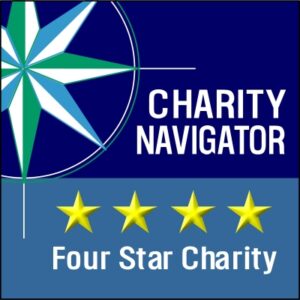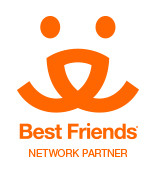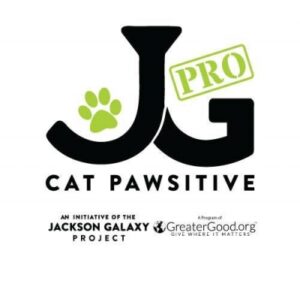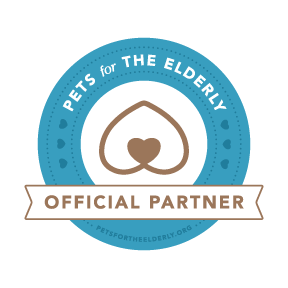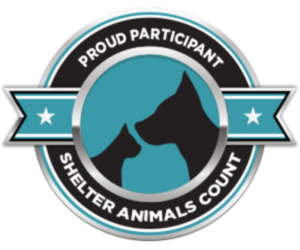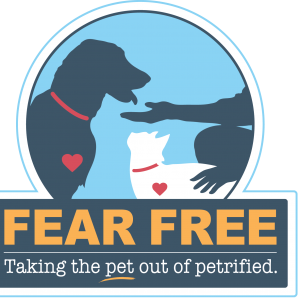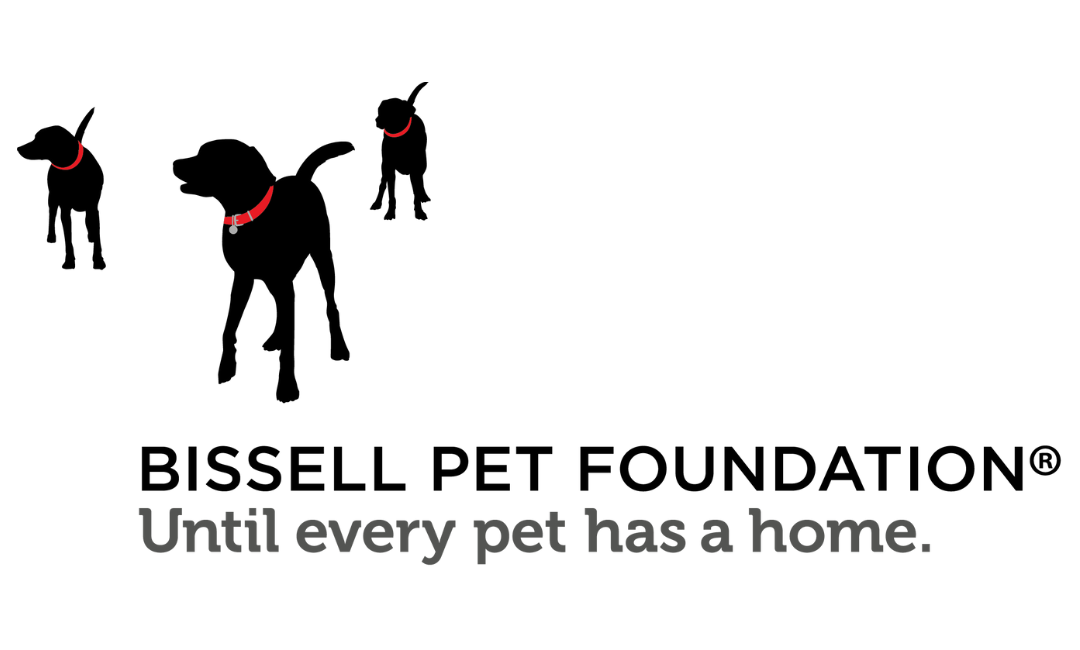
HARP’s Wildlife Rehabilitation
Center cares for injured Bald Eagle
In late June, Humane Animal Rescue’s Wildlife Rehabilitation Center in Verona received a very special visitor. A young bald eagle was brought into the care of our certified wildlife rehabilitators after a caring member of the public found him grounded on the street in Lawrenceville. The bald eagle—who, at approximately two years old, is only beginning to grow white feathers on his head—was given a thorough exam and found to be affected by a concussion, a bacterial infection and dehydration. Rehabbers were also concerned by the discovery of moderate amounts of lead in his system, a dangerous condition that would significantly increase the length and complexity of his treatment.This combination of ailments left the bald eagle disoriented and fatigued; he required weeks of specialized, hands-on care before even getting the strength to feed himself.
Healing an American Icon
In addition to antibiotics and supportive care to get him through his bacterial infection and concussion, this bald eagle is undergoing chelation treatment to remove the lead from his system. Chelation treatment is a complex process during which multiple medications and vitamins are used in conjunction with one another; working together, they bind the lead in the eagle’s body into a compound that can be excreted through urine. Chelation treatment can be a lengthy process, and must continue until testing shows that lead has completely left the eagle’s system. Regular lab tests will be used to check his progress towards being lead-free. During this time, the bald eagle will require a high-quality diet of salmon, bass, and trout—about 2lbs of meat per day! Our wildlife rehabilitators estimate that it will take two months for him to complete his chelation treatment and relearn how to fly in outdoor enclosures before being returned to his nest. Though he is only one of the over 4,000 animals that will come to the Wildlife Rehabilitation Center this year, the total cost of his care is estimated to be over $3,000 due to the specialized nature of treating these majestic birds. The Wildlife Rehabilitation Center relies on your support to care for sick and injured native animals. To support the care of Pennsylvania’s wildlife, click on the button and select “To Aid Injured Wildlife” from the dropdown menu.
Your donations provide life-saving care for this eagle and other native Pennsylvania wildlife.


The Danger Lead Poses to Wildlife
Our knowledgeable wildlife rehabbers detected the lead in this eagle’s system as part of a routine screening. All birds of prey are tested for lead when admitted to the Wildlife Rehabilitation Center due to the prevalence of lead poisoning in these species. Lead toxicity in wild animals usually presents as a loss of appetite, lethargy, and an inability to move or stand. Over time, even low levels of lead can suppress the immune system and destroy an animal’s ability to fight infection and disease. Lead poisoning is especially common in birds, particularly waterfowl and birds of prey; an estimated 10 to 20 million birds and other animals die due to lead poisoning in the United States every year. Wild animals are at risk of lead exposure when they ingest lead sources such as discarded fishing tackle or spent ammunition. Birds of prey like this bald eagle are often indirectly exposed when they eat prey such as fish or smaller birds who have mistaken pieces of lead for grit or seeds. If you encounter a wild bird that appears sluggish, droopy, or unable to move, please contact HARP’s Wildlife Rehabilitation Center Helpline at 412-345-7300 ex. 500

